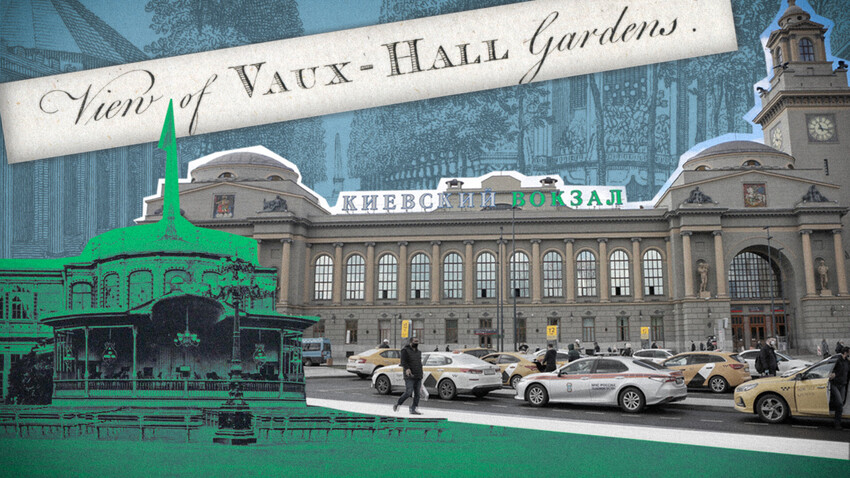
In ‘Letters of a Russian Traveler’ by famous Russian historian Nikolai Karamzin, we read his notes from a trip to London in 1790. Karamzin describes "…the famous Vauxhall Gardens, which other countries have tried in vain to imitate. What a lovely evening promenade, entirely worthy of an intelligent and wealthy nation. In the main, the orchestra plays favorite popular tunes, the actors and actresses of the London theaters sing and the listeners show their appreciation by throwing them money. […] Suddenly, a curtain rose and we saw the following written in fiery letters: ‘Take care of your pockets!’ This was because the London thieves, of whom not a few frequent Vauxhall, take advantage of this minute. At the same time, a transparent picture was shown representing a country scene."
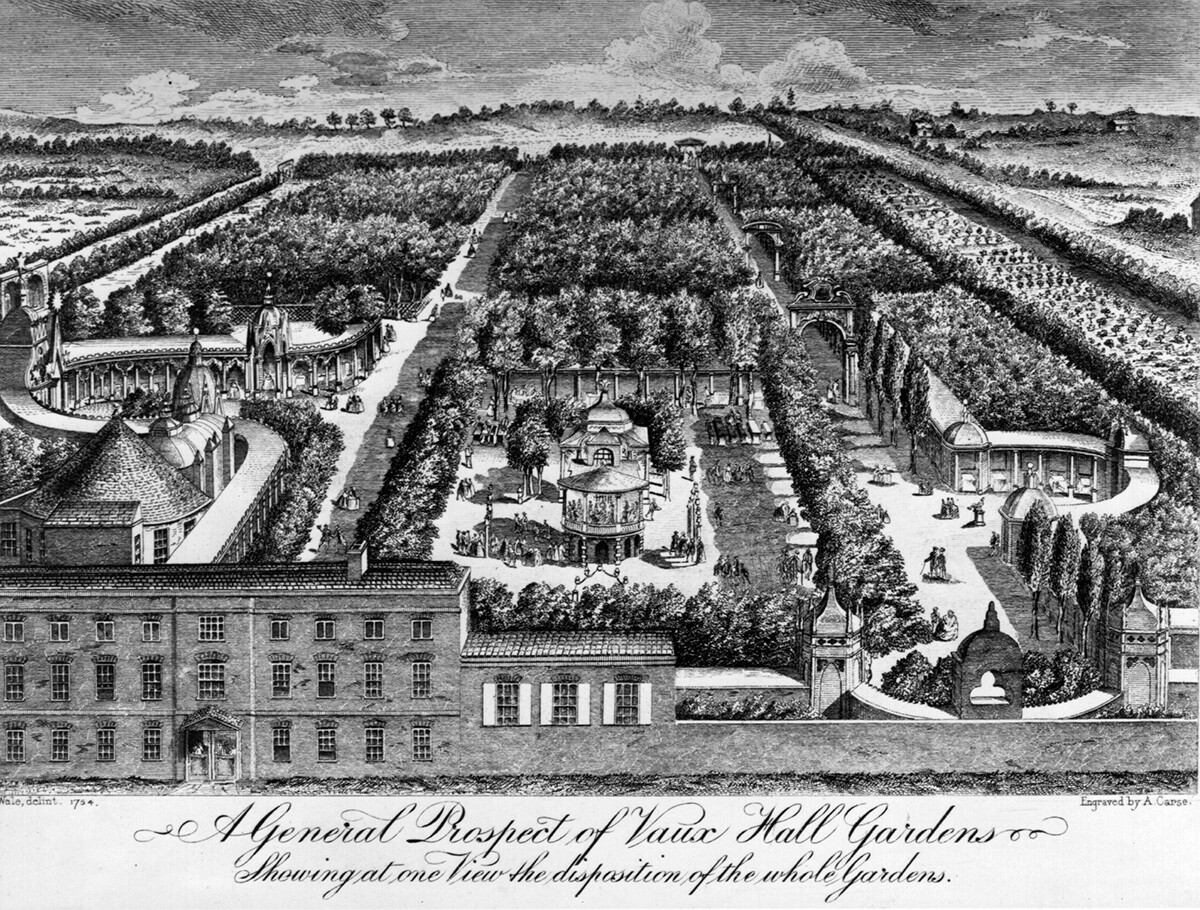
Engraving by A. Carse of Vauxhall Gardens, London, circa 1754
Hulton Archive/Getty ImagesKaramzin further describes that, after the performance, he "went around all the galleries and examined all the paintings" and then went into the rotunda, the walls of which were covered with mirrors from the inside.
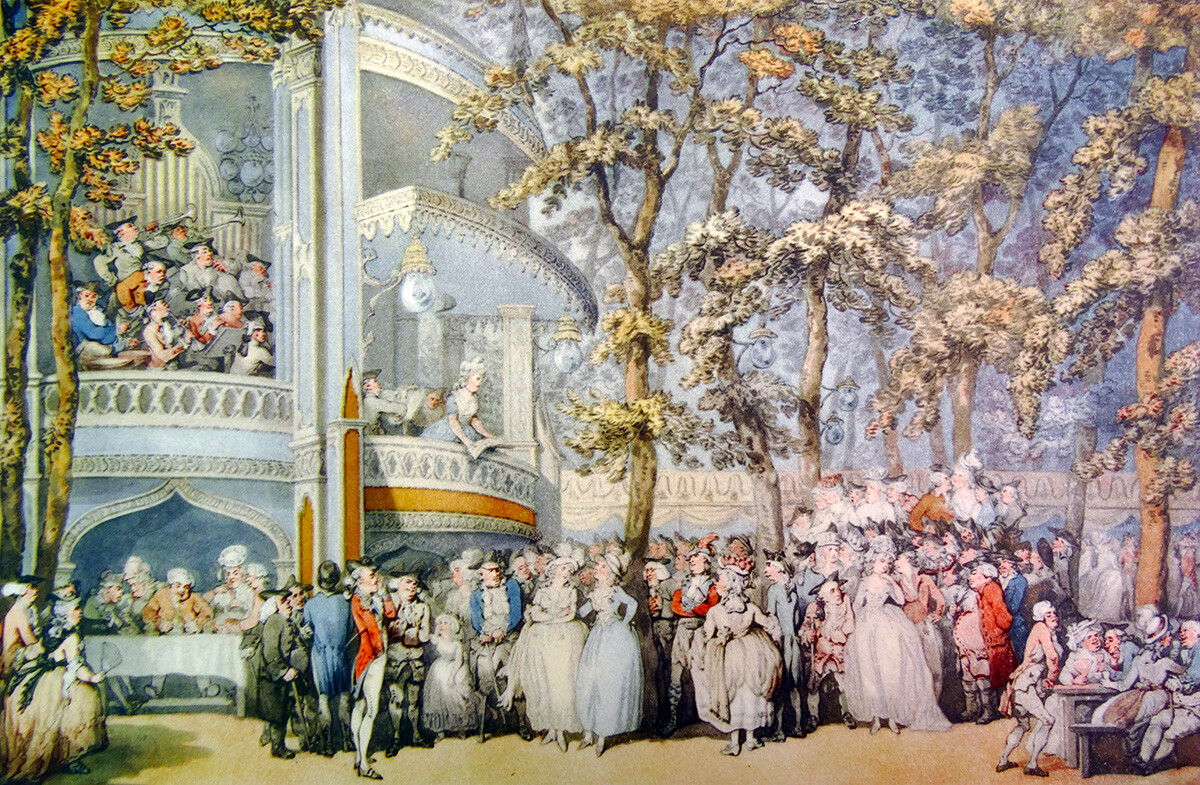
A concert in the Vauxhall Pleasure Gardens 1732
Universal Images Group/Getty ImagesNikolai Karamzin visited Vauxhall Gardens, a pleasure garden in Kennington, on the south bank of the Thames. This garden existed from the 1770s to 1859 and, after it, similar amusement gardens and parks in Russia began to be called ‘vauxhall’ (‘vokzal’ in Russian). And it was by grace of an Englishman that they appeared in Russia.
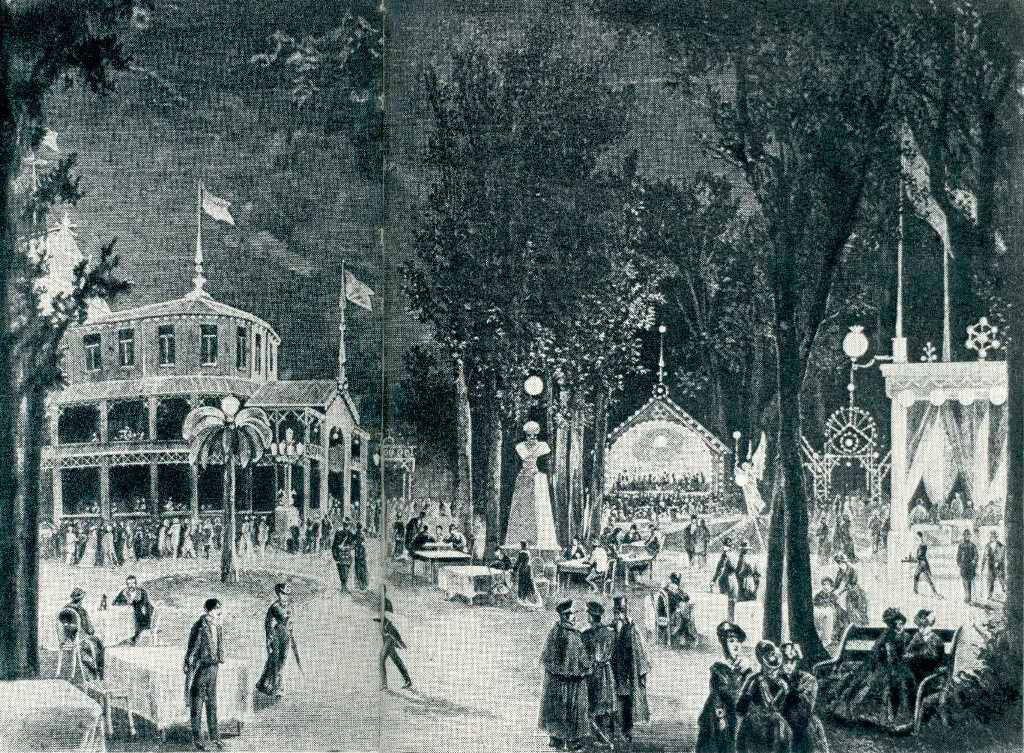
The 'Old Hermitage' public garden in Moscow. A 'vauxhall' pavilion can be seen in the left of the picture. This is approximately what Russian 'vokzals' may have looked like in the 19th century
Public DomainMichael Maddox, an English engineer, came to Russia first in 1766 to teach Grand Duke Pavel Petrovich mechanics and physics. After completing the course, the Englishman left St. Petersburg and, 10 years later, returned, but already to Moscow and not as an engineer, but as a wealthy theatrical entrepreneur.
It is clear that Maddox’s authority as a former teacher of the heir to the throne was very high. In Moscow, Maddox organized the Petrovsky Theater, the forerunner of the Bolshoi. He also opened Moscow’s first ‘vokzal’ not far from Taganka square in 1783. Sources don't tell much about it – it was a wooden pavilion in a garden with a pond. The building had a "room theater" for inclement weather and billiard tables. In good weather, comedies and operettas were played on the summer playground right in the garden, where there were also kiosks and buffets.
In the evenings, the garden was illuminated with lanterns and fireworks were set off. This was apparently enough to compare this small entertainment park to Vauxhall Gardens – of course, this was done purely for advertisement purposes. But, the name stuck. ‘Vokzal’ was open until two o'clock in the morning, the entrance cost one ruble – a lot of money at the time, which meant very few of the poor got to see the performances; a peasant family of four could live on 20 rubles for an entire month or even more.
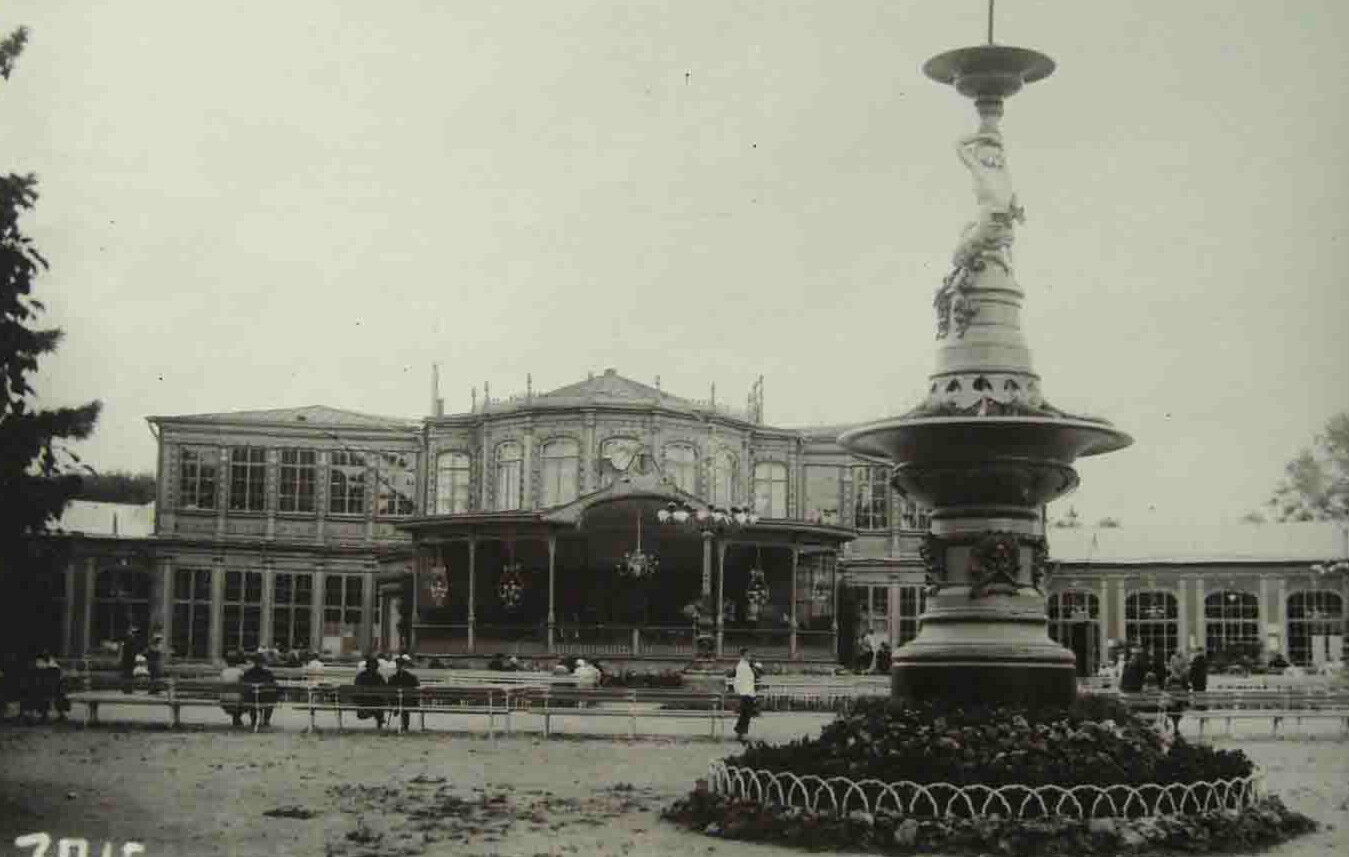
The Pavlovsk Vokzal
Public DomainOf course, ‘vokzals’ were also opened in St. Petersburg – in Naryshkin and Summer Gardens, on the islands and near the village of Ozerki… But, the most famous one was the ‘vokzal’ in Pavlovsk. It was opened in 1838 along with Russia's first Tsarskoye Selo railway and was located right at its terminal. The entertainment pavilion was built to "advertise" the railway: so that the townspeople would get the desire to visit the Pavlovsky Vokzal and would have to buy train tickets to achieve this.
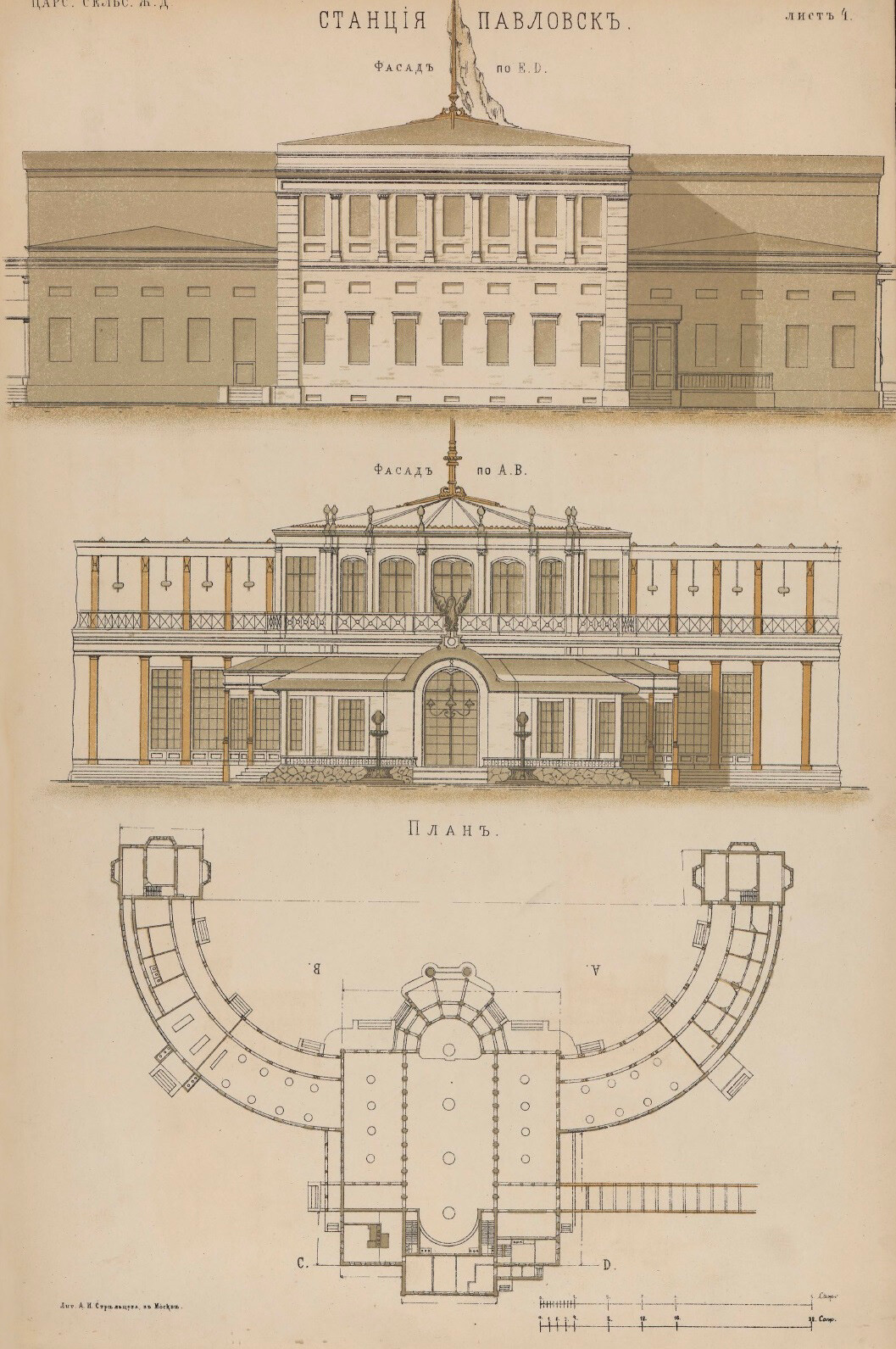
A technical drawing of the Pavlovsk Vokzal
Public DomainEngineer Franz von Gerstner, chief engineer of the Tsarskoye Selo Railway, wrote: "A ‘new Tivoli’ is being built at the end of the road, a beautiful ‘vokzal’: it will serve as a gathering place for the capital's residents in summer and winter; games and dancing, reinforcement in the fresh air and in a luxurious dining room will attract everyone there."

The Pavlovsk Vokzal
Public DomainThe Pavlovsk Vokzal was built in 1838 according to the project by architect Andrei Stakenschneider and became the country's first permanent concert venue where symphonic orchestras performed. It was destroyed during World War II, but it was after the Pavlovsky Vokzal that all the pavilions of railway stations in Russia began to be called ‘vokzal’.
If using any of Russia Beyond's content, partly or in full, always provide an active hyperlink to the original material.
Subscribe
to our newsletter!
Get the week's best stories straight to your inbox